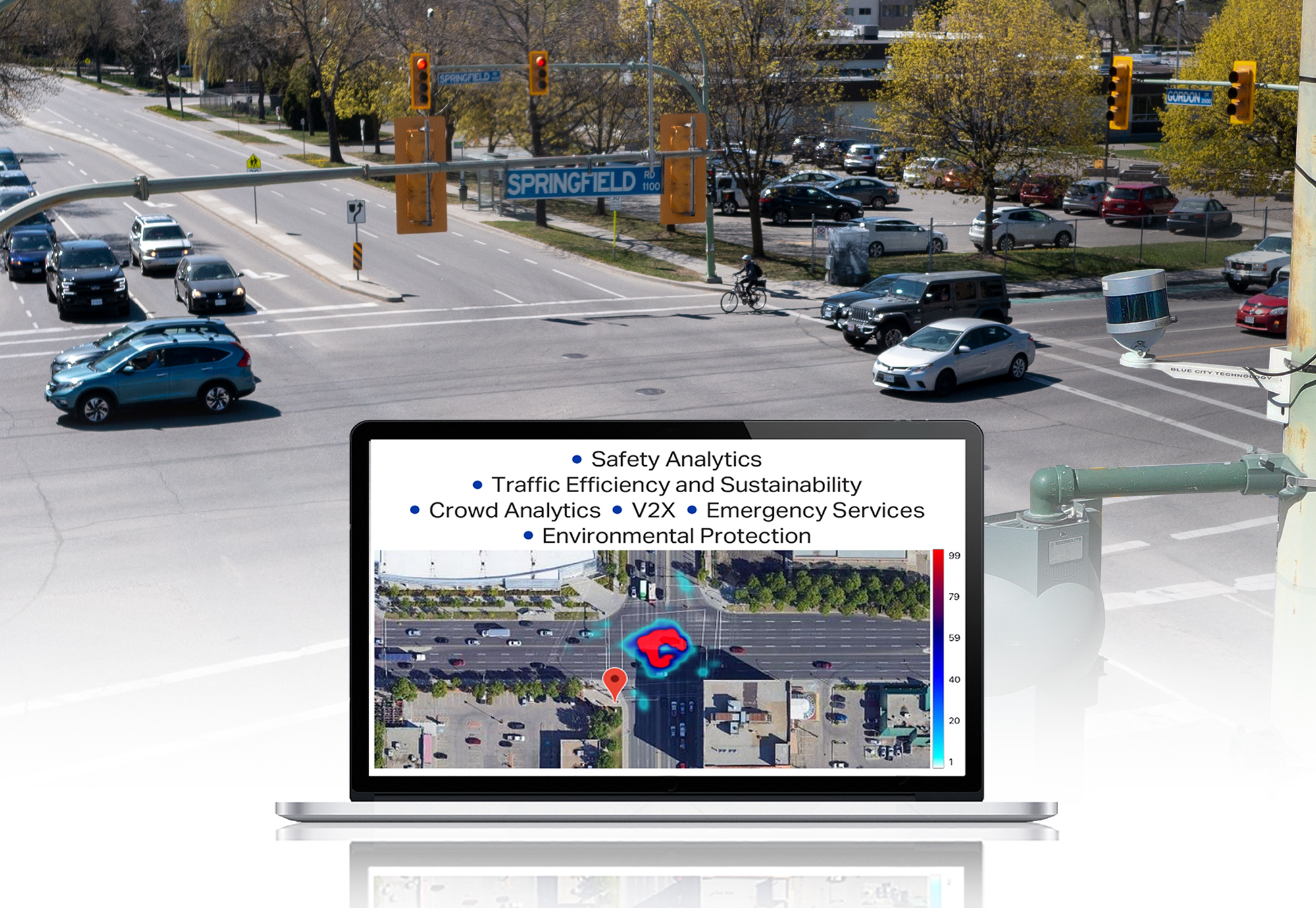UC Irvine selects Velodyne Lidar’s traffic-monitoring solution
HIMaC² will leverage Velodyne’s Intelligent Infrastructure Solution to improve road traffic safety and efficiency

Velodyne Lidar has announced the University of California, Irvine’s (UCI) HORIBA Institute for Mobility and Connectivity² (HIMaC²) has selected its Intelligent Infrastructure Solution (IIS) to create a public road network platform.
Combining artificial intelligence (AI) and lidar sensors, Velodyne’s IIS helps predict, diagnose, and address road safety challenges under all weather and lighting conditions.
Per reports, HIMaC² will implement IIS at 25 intersections surrounding UCI and the adjacent city of Irvine, as part of a study to improve traffic and energy efficiency, road safety, and air quality.
Other contributors include Bluecity, Argonne National Laboratory (ANL), the UCI Institute of Transportation Studies, Toyota Motor of North America, Pony.ai, and Hyundai Mobis. Velodyne’s IIS deployment is further assisted by a $6 million grant HIMaC² received from the US Department of Energy’s Vehicle Technologies Office (VTO).
By implementing advanced infrastructure monitoring as a V2X (vehicle-to-everything) solution, HIMaC² will gather and synthesize critical data needed to optimize routes and improve traffic flow. HIMaC²’s study also focuses on ensuring safety for vulnerable commuters, regardless of weather and lighting conditions.
“The HIMaC² program is tackling one of the most challenging and pervasive infrastructure problems that cities face — how to improve traffic flows and safeguard road users,” said Jon Barad, vice president of business development at Velodyne Lidar.
RELATED RESOURCE

Renewable energy: What works and what's on the way?
How zero-carbon technology is now attracting M&A interest
Barad added, “Velodyne believes that smart infrastructure integrated with connected and autonomous vehicles have the potential to deliver game-changing improvements in roadway efficiency and safety. We look forward to working with the HIMaC² team to explore how to create a more sustainable, safer future for our transportation infrastructure.”
Get the ITPro daily newsletter
Sign up today and you will receive a free copy of our Future Focus 2025 report - the leading guidance on AI, cybersecurity and other IT challenges as per 700+ senior executives
Commenting on user privacy, HIMaC² said Velodyne’s lidar sensors do not track or capture individuals’ facial characteristics, an important consideration in civic applications. Additionally, HIMaC² plans to build a public road network platform to support developing, evaluating and deploying emerging connected and autonomous vehicle (CAV) technologies.
“The program looks to advance connected and autonomous transportation and show how they can contribute to smarter, safer infrastructure for our communities,” said UCI Engineering Professor Scott Samuelsen, principal investigator in the HIMaC² program.
“By deploying Velodyne’s automated monitoring and control in an intersection network, backbone data can be generated and utilized to demonstrate improved safety, energy efficiency and traffic flow to which cities aspire. With its deployment at 25 intersections, this initiative will be the largest lidar-based traffic monitoring solution in the world.”
-
 Can robots work safely alongside humans? This one industry leader thinks we're not far away
Can robots work safely alongside humans? This one industry leader thinks we're not far awayNews Humanoid robots and people will be able to work truly side-by-side this year, according to the CEO of one leading robotics company.
By Nicole Kobie
-
 The power of AI & automation: Proactive IT
The power of AI & automation: Proactive ITWhitepaper Automation strategies to dynamically and continuously assure cost-effective application performance
By ITPro
-
 Magic Quadrant for enterprise conversational AI platforms
Magic Quadrant for enterprise conversational AI platformsWhitepaper An evaluation of the conversational AI platform (chatbot) market
By ITPro
-
 Let's rethink customer service
Let's rethink customer servicewhitepaper Discover new ways to improve your customer service process
By ITPro
-
 The power of AI & automation: Productivity and agility
The power of AI & automation: Productivity and agilitywhitepaper To perform at its peak, automation requires incessant data from across the organization and partner ecosystem
By ITPro
-
 Digitization solves manufacturing’s five toughest challenges
Digitization solves manufacturing’s five toughest challengesWhitepaper Discover the technology trends that overcome manufacturing’s challenges, from cyber resilience to breaking free from legacy technology
By ITPro
-
 The four pillars of excellence for technology leaders
The four pillars of excellence for technology leaderswhitepaper Download this CIOs business case for integration and automation
By ITPro
-
 Building a strong business case for GRC automation
Building a strong business case for GRC automationwhitepaper Successfully implement an innovative governance, risk & compliance management platform
By ITPro

